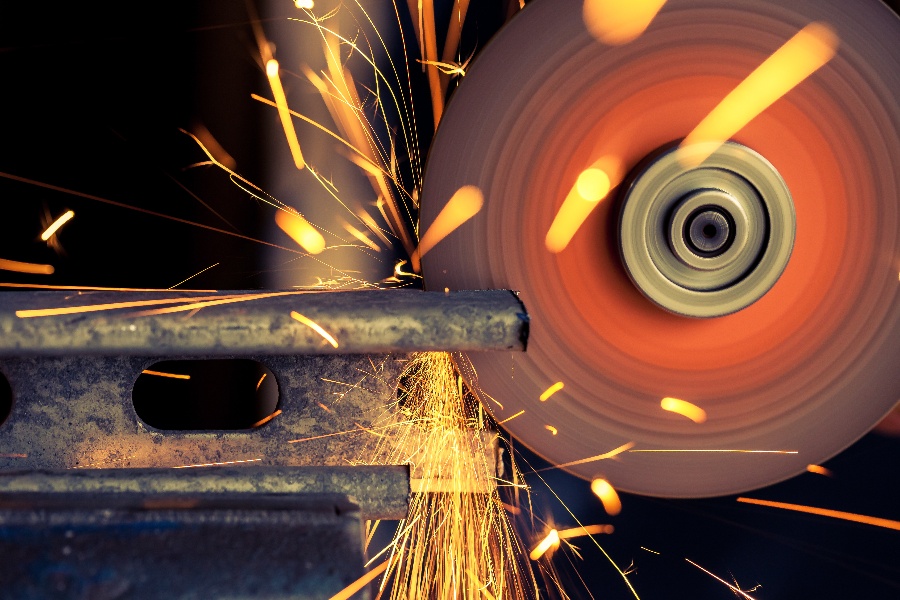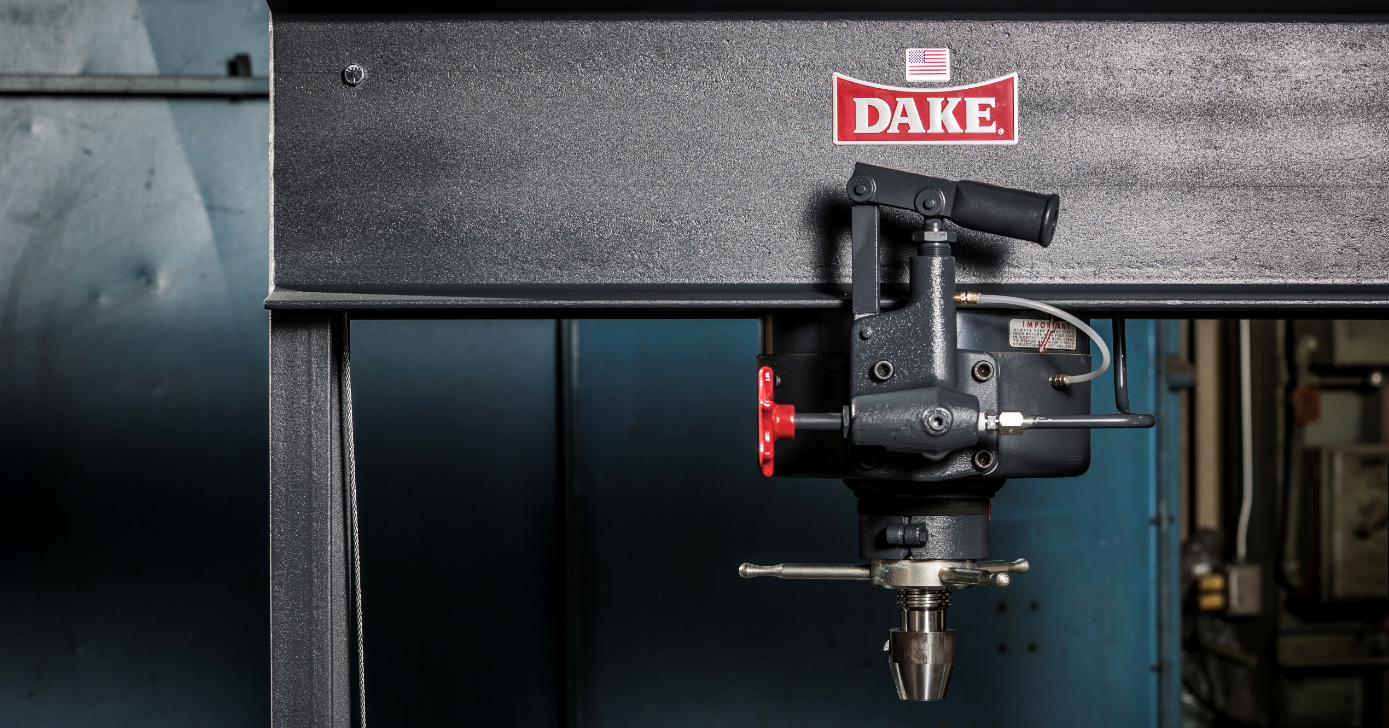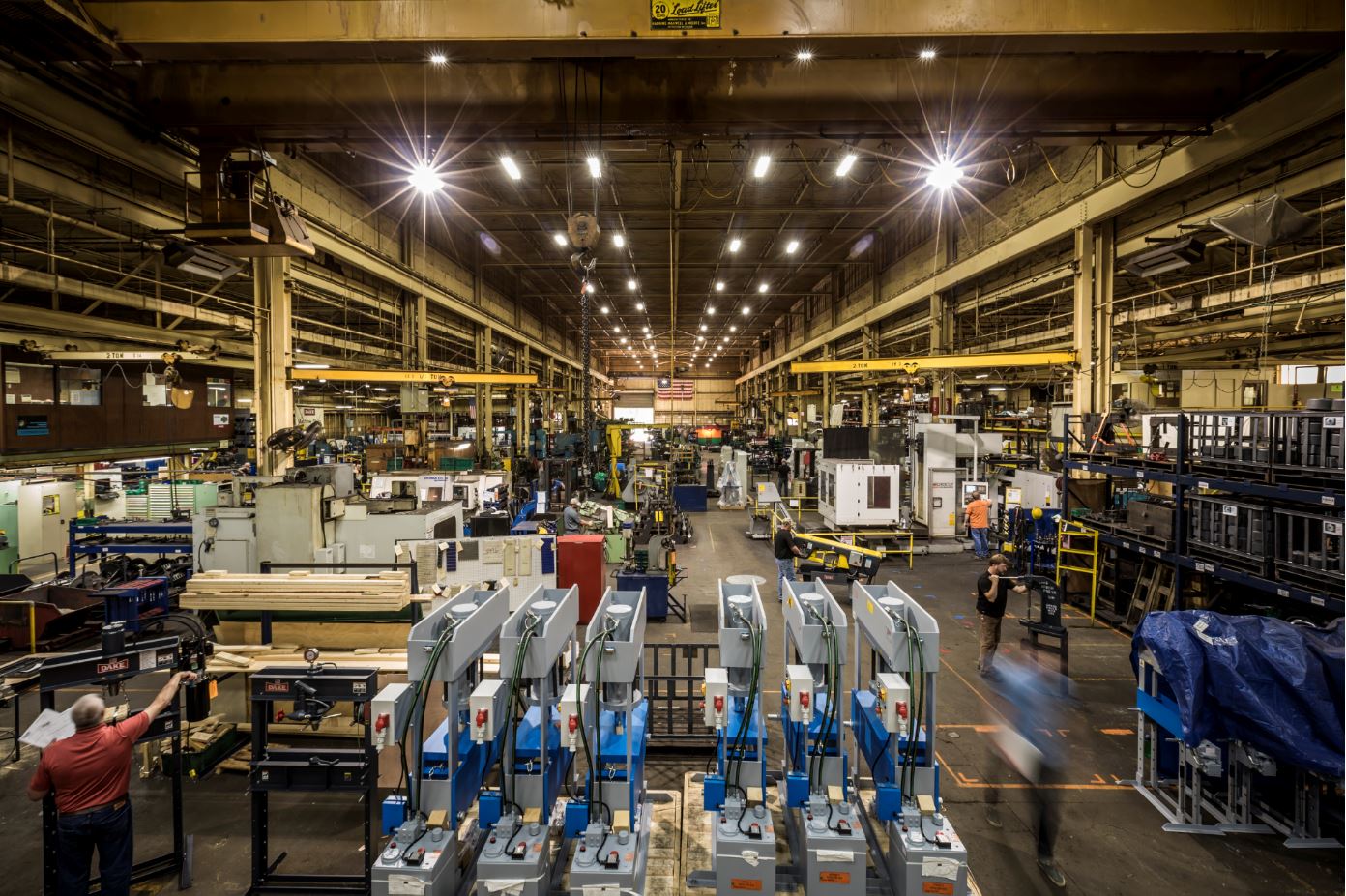Metalworking is not just a skill. It’s an art form. Whether your goal is to make decorative pieces for your own garden or to grow a business from the ground up, you have to start somewhere.
For metalworking beginners, the amount of metalworking machinery out there may seem a bit overwhelming.
However, there are certain types of metalworking tools that you need to get started learning the craft. These handy tools will help you hone in and expand your skill set.
Manual Metalworking Tools
Metalworking isn’t only about giant machines that do all the work for you. If you’re just starting out on your metalworking journey, it’s a good idea to start with the bare-bones basics before diving off the deep end into larger equipment.
Plus, many of these manual tools will still be useful further down the road after you’ve become a pro. Invest in the best quality that you can afford. Quality metalworking tools that come from a reputable manufacturer can last you a long time.
First, you will need a marking tool. A pencil will not cut it. You need something sharp that can inscribe a fine line onto the metal piece that you are working with. You can use something as basic as a razor blade for this purpose.
You will also need a ruler. While this simple measurement tool will not give you precise measurements, it is fine for providing you with a rough idea about the size and shape of a piece. We recommend a stamped ruler made of steel.
To make uniform marks in your sheet metal without the help of a machine, you can get a few dial clippers. These come in a variety of sizes, and they allow you to easily measure out your marking points.
If you want to make marks across a sheet of metal, you can use a machinist’s square. This metalworking tool needs to be kept safe because if it is dropped, the accuracy may be skewed.
If you want to create holes in your piece, do not use a screwdriver. This is a common rookie mistake. Holes created with a screwdriver will result in sloppy work. Instead, you should get a couple of center punches of varying diameters. These will give you clean, precise holes.
Each of these manual tools is great for beginning your metalworking journey. Not everything can be done by a machine. Sometimes you will need that handcrafted touch to make your pieces even more special.
Machine Metalworking Tools
Now that we’ve covered the basics of manual metalworking tools for beginners, let’s explore some of the best machine equipment to invest in.
Whether you are learning the art of metalworking for your own personal hobby or you want to become a professional, these machines will be of good use to you. They will also last for a very long time and require little maintenance.
The drill press is one of the first pieces of metalworking machinery that you need to invest in. It is not recommended to use a hand drill because of precision issues. If you want to create centered, clean holes, the drill press is your best bet. There's a bit of freedom with the type of drill press you get as well. There is the bench model and the floor model.
The bench model drill press sits atop your work space table and features a locking handle hub, a sturdy spindle, and a selector dial that can be used to adjust the speed.
The floor model drill press stands on its own and features the same characteristics of the bench model plus a forward/reverse selector switch. Both models can be used with a wide range of drill bits for cutting various sizes and shapes with each hole.
As an add-on, you’ll also need a vise to work with the drill press. While it isn’t a machine, it is a metalworking tool that offers additional safety. The vise will serve in place of your hand, holding the metal in place while the drill press does its work. It can be adjusted to hold metal pieces of varying sizes.
The other large piece of metalworking equipment you will need as a beginner is a bandsaw — this machine cuts metal. You won’t get very far without one. The one thing to keep in mind at the beginning of your metalworking journey is that you are not working with wood. Do not use a handsaw or a chainsaw. Metal must be cut with the appropriate tool.
At Dake, we have two types of bandsaws for you to choose from. First is a vertical bandsaw that stands on its own. We have four models with varying features. Some are stationary and others are mounted on wheels so they can be moved around your workshop easily.
For beginners, the 14-10 Series Bandsaw is recommended. It offers four adjustable speed, easy blade changes, high performance, and great value. The second type is the horizontal bandsaw.
These sit up on top of a workspace table or bench and were manufactured through double-frame construction for better performance. We’ve got standard-duty, heavy-duty, mitering, and the new benchtop model. We also carry a portable work stand that was designed specifically for our benchtop horizontal bandsaw.
To finish off any metalworking project, you will also need a belt grinder. This machine features a belt with an abrasive surface that can polish metal quickly and efficiently. Our Dake belt grinder uses a 4 HP motor to produce speeds of 6,600 fpm.
This handheld machine also features a pivoting head that can adjust to different movements as you glide it across the metal surface. This handy metalworking tool will leave your piece with a beautifully finished surface.
Wrapping Up Metalworking Tools for Beginners
The journey into metalworking is not an overnight process. It takes time, dedication, and patience to get to where you want to be. Just like any art form, practice makes perfect. By investing in these manual and machine metalworking tools for beginners, you will be on the right path to beautiful pieces of art.
To learn more about Dake and our metalworking tools and services, click here.
-1.jpg?width=1200&height=525&name=DAKE003_%20Logos_Red%20(002)-1.jpg)

.jpg)

